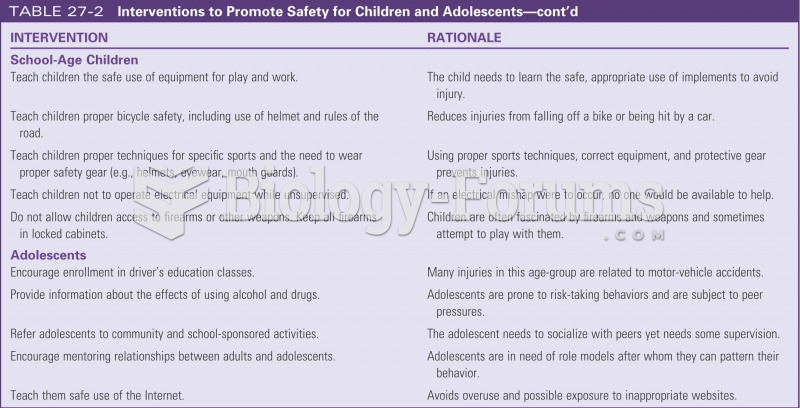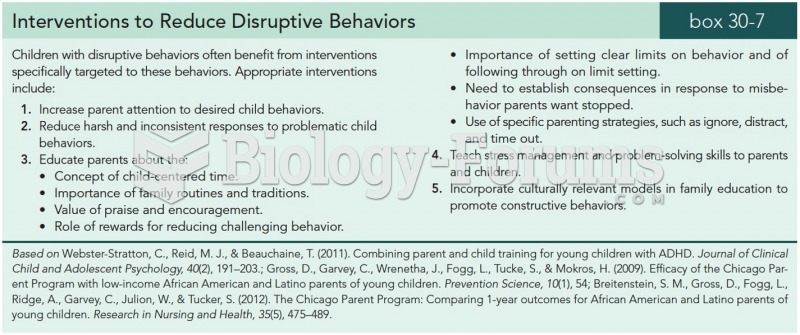Answer to Question 1
B
Feedback
A Values clarification can help nurses strengthen their ability to advocate for patients, as nurses are better able to accurately identify the personal values of patients. Values clarification is not necessarily beneficial to the patient when the patient and nurse have differing beliefs.
B Values clarification is the process of appraising one's own personal values. It is not a set of rules; nor does it suggest that certain values should be accepted by all people.
C Values clarification will not necessarily help the nurse who is unsure of the patient's values. Values clarification interventions are for the benefit of the patient and not for the nurse to gain awareness.
D The values that an individual holds reflect cultural and social influences, relationships, and personal needs. Values vary among people, and they develop and change over time. Therefore, it may be inappropriate to state that a patient has rejected normal values when different value systems exist among people. What is considered normal for one person may not be so for another.
Answer to Question 2
B
Excess loss of colonic fluid due to diarrhea can result in serious fluid and electrolyte or acidbase imbalances. Infants and older adults are particularly susceptible to associated complications.
Pain from abdominal cramping may occur with diarrhea, but it is not the major problem associ-ated with severe diarrhea.
Excessive flatus is not the major problem associated with severe diarrhea.
Because repeated passage of diarrhea stools exposes the skin of the perineum and buttocks to irritating intestinal contents, meticulous skin care and containment of fecal drainage is needed to prevent skin breakdown. However, the greatest danger of severe diarrhea is a fluid and electro-lyte or acidbase imbalance.







